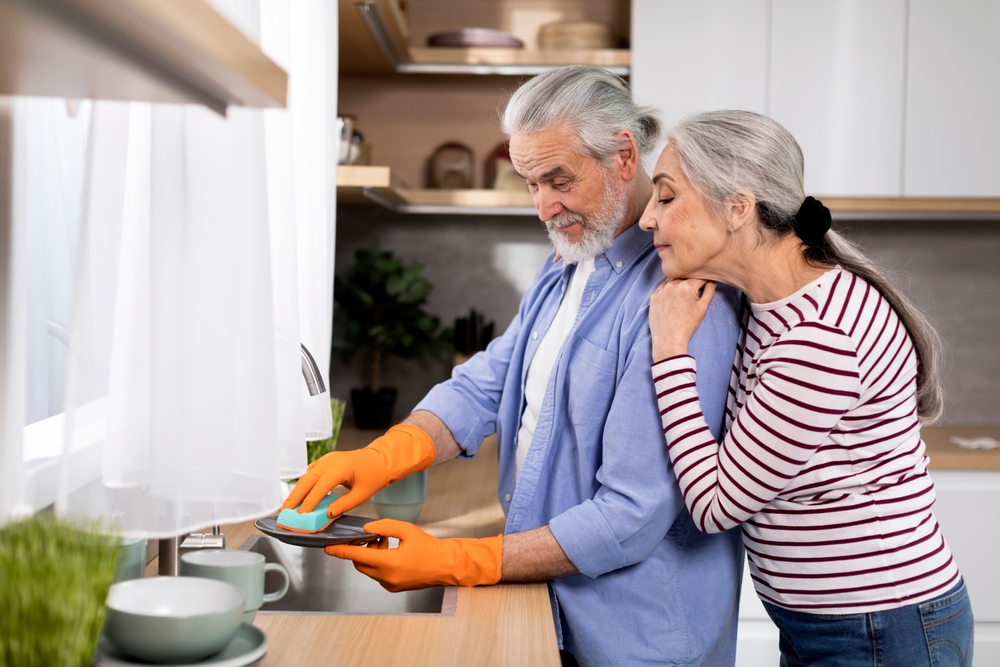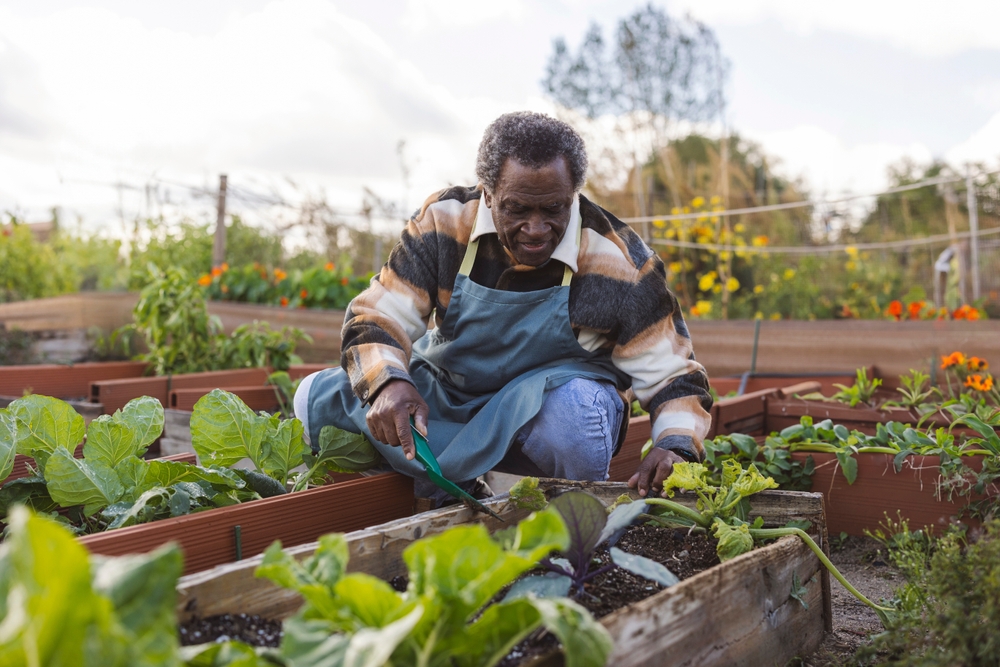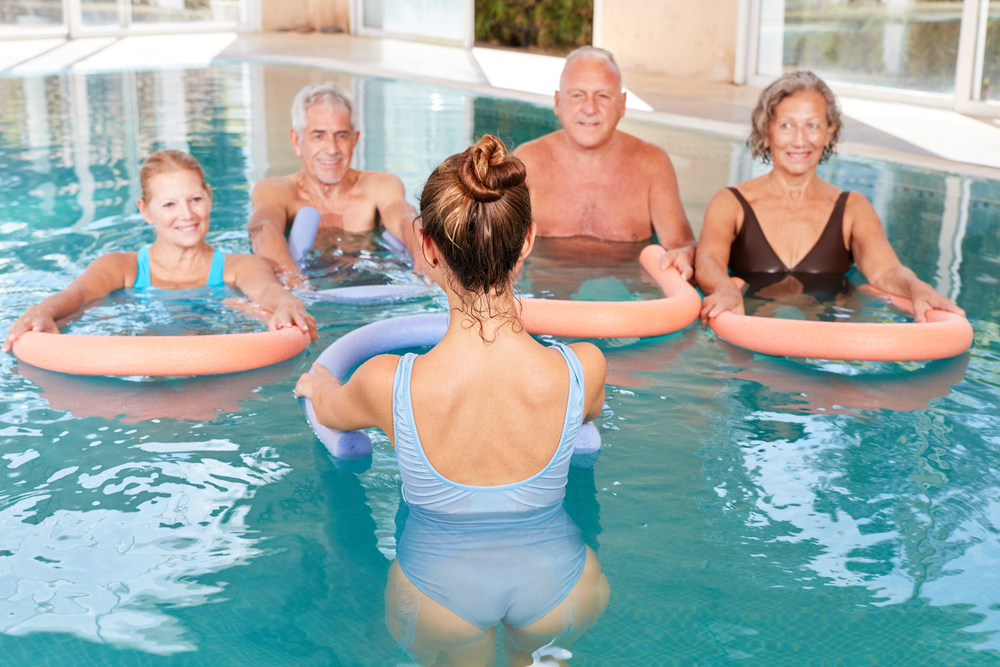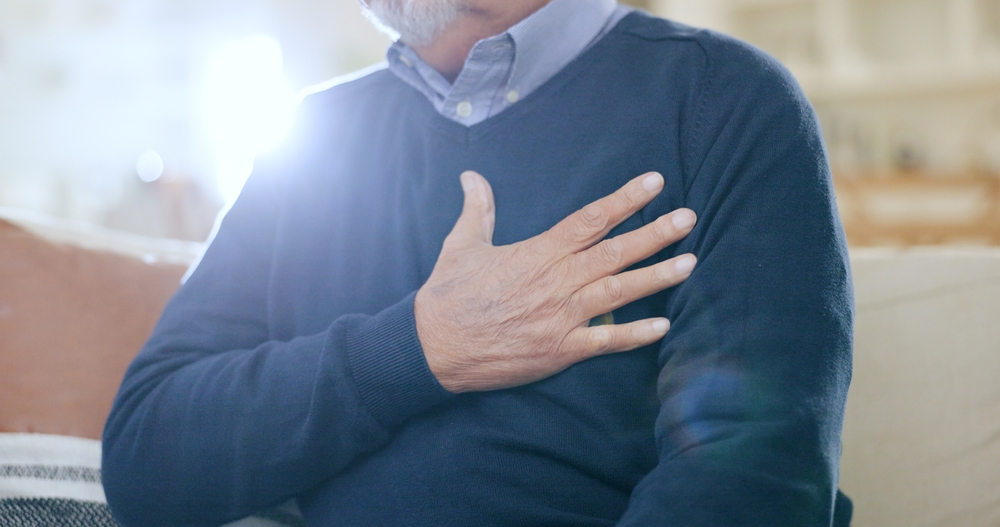Make an Appointment
Dealing with painful osteoarthritis but not sure where to start?
Here, we’re answering the question: Can physiotherapy help with osteoarthritis? Let’s find out.
What is Osteoarthritis?
Osteoarthritis is the degeneration of joint cartilage and underlying bone, most commonly seen in the thumb, knee, spine and hip joints. As you age, this condition may become more prevalent; however, it can happen at any age.
Cartilage provides smooth gliding at joints. As this breaks down, the joints become rigid, causing pain and swelling. This lost cartilage cannot be regrown; however, it is possible to manage the symptoms.
Osteoarthritis is the most common form of arthritis in Australia. An estimated 2.2 million (9.3%) Australians have this condition, according to the Australian Bureau of Statistics (ABS) 2017–18 National Health Survey (NHS). Osteoarthritis represented over half (62%) of all arthritic conditions in 2017–18 (ABS 2019).
Although osteoarthritis affects people of all ages, the prevalence increases sharply from the age of 45 years. 1 in 5 Australians (22%) over the age of 45 have osteoarthritis. It is most common in adults aged 75 and over, with just over one-third (36%) of people in this age group experiencing the condition (Figure 2).
Osteoarthritis is also more common among females than males, affecting 10% of females compared with 6.1% of males (after adjusting for age).
The Osteoarthritis Process
Hyaline Cartilage is the type of cartilage that cushions your joints. As this breaks down, it can worsen over time if not taken care of. If not treated, bits of bone called ‘spurs’ will break off and float around in the joint.
When the inflammatory process begins, cytokines and enzymes develop which further damage the cartilage. Cytokines control the growth and activity of other immune system cells and blood cells. They control the immune and inflammatory response.
Enzymes are living organisms that act as a catalyst to bring out certain catalyst reactions. These reactions cause the cartilage to break down. The specific name for this enzyme is Matrix Metalloproteinases.
In the final stage, all of the Hyaline cartilage is gone, and bone rubs against bone, causing intense pain.
What Causes Osteoarthritis?
Some claim the onset of Osteoarthritis comes from the massive amount of sports they played as a kid. But there is a lot more research and evidence to suggest that there is more reasons to cause osteoarthritis.According to healthdirect.gov.au;
Osteoarthritis does not have a specific, single cause. However, experts note that certain things put you more at risk of developing osteoarthritis in some joints, including:
- Being overweight (which puts your knees and hips at greater risk)
- Having a previous injury to the joint, such as a dislocation or a fracture (knees, hips, hands)
- Frequent kneeling, climbing and squatting (knees)
- Jobs & occupations that involve heavy lifting (hips)
- Repetitive use of the hands (hands)
How To Reduce The Risk of Osteoarthritis?
Management of weight is one of the most important factors for avoiding osteoarthritis.
According to the Australian Commission on Safety, being overweight can increase your risk of Osteoarthritis by two times, and being obese will increase it by four times.
Avoiding movement and exercise is another significant risk factor. The Arthritis Foundation recommends four key elements to control and reduce the risk of osteoarthritis.
- Maintain a Healthy Weight - Excess weight puts additional pressure on weight-bearing joints, such as the hips and knees. Each pound you gain adds nearly four pounds of stress to your knees and increases pressure on your hips six-fold.
- Control Blood Sugar - High blood sugar (glucose) levels speed up the formation of certain molecules that make cartilage stiffer and more sensitive to mechanical stress. Diabetes can also trigger systemic inflammation that leads to cartilage loss. The newly discovered connection between diabetes and joint damage may help explain why more than half of Americans diagnosed with diabetes also have arthritis.
- Get Physical - As little as 30 minutes of moderately intense exercise five times a week helps joints stay limber and strengthens the muscles that support and stabilize your hips and knees. Exercise also strengthens the heart and lungs, lowers diabetes risk and is a key factor in weight control.
- Protect Joints - At home or work, use your largest, strongest joints for lifting and carrying and take breaks when you need to. After an injury, maintaining a healthy weight can help guard against further joint damage.
How to Treat Osteoarthritis
The symptoms of Osteoarthritis are joint pain and swelling. Physiotherapy addresses the symptoms since there is little that can be done to regrow cartilage without surgery.
The best osteoarthritis physiotherapy treatment will teach you how to walk correctly. This will strengthen muscles, ligaments, and tendons to help the joint function properly and significantly reduce discomfort.
Some physiotherapists will incorporate balance drills and fall prevention in your program. This is more for the elderly but can be used for anyone if needed. Some of these exercises are walking on different surfaces, assisted balance practice, and knowledge of how to fall safely.
By losing a few kilos, adding in light exercise, and keeping up with physical therapy to keep your joints strong, you can greatly increase your quality of life!
Osteoarthritis In The Knee
Did you know that knee osteoarthritis is one of the most common chronic musculoskeletal conditions that affect Australians, according to the Australian Physiotherapy Association.
"Knee osteoarthritis can be divided into two types, primary and secondary. Primary osteoarthritis is articular degeneration without any apparent underlying reason. Secondary osteoarthritis is the consequence of either an abnormal concentration of force across the joint as with post-traumatic causes or abnormal articular cartilage, such as rheumatoid arthritis (RA)" - (Hunter Hsu; Ryan M. Siwiec) - Knee Osteoarthritis.
Symptoms of osteoarthritis of the knee might include;
- Pain that increases when you are active and moving, but gets a little better with rest
- Swelling & tenderness.
- Feeling of warmth and tenderness in the joint
- Decrease in mobility & flexibility of the knee, making it difficult to get in and out of chairs or cars, use the stairs, or walk
- creaking, crackly sound that is heard when the knee moves
How Is osteoarthritis of the knee diagnosed?
A Medical practitioner will do a physical examination which will include;
- See if your knee joint area is red or tender
- If there's a sign your knee has been injured
- Check the mobility and range of motion of your knee
- To see if your knee feels "loose", which can mean your knee joint isn't stable
- Analyse the way you walk and where gait problems could have an effect on the knee.
To test and diagnose if you have osteoarthritis of the knee you will be asked to have one of the following:
- X-ray
- Magnetic resonance imagery (MRI)
- Blood tests
- Joint aspiration (arthocentesis)
Staying Consistent with Physiotherapy
Osteoarthritis can develop at any age, although it is more common in people over 45 years old, and affects 48 percent of people over 50.
At Physio Inq we are about inspiring and helping you to move your body, and experience life unrestrained by pain caused by osteoarthritis both through our In-clinic, In-home & online physiotherapy services across Australia.
How To Make A Booking Or Referral
If you would like to see a physiotherapist in your local area at a clinic, please visit here. Alternatively, we have a number of In-home and mobile physiotherapists who can come to your home or preferred location for your appointment.
For our In-home & mobile services, you can make an appointment OR referral with us online today!
Depending on your needs & clinician availability, you may be able to see a therapist within 48 hours.
Date Published: Tuesday, October 11, 2022
Locate a Mobile Physiotherapy
Service Near me
Get the experience & convinence you deserve to support your or a loved one's allied health needs.
Our Mobile Physiotherapy team are currently serving & taking appointments in the following states and regions in Australia:
Need to get into direct contact with ur Client Services team? We're all ears. Call our team directly on 1300 731 733









